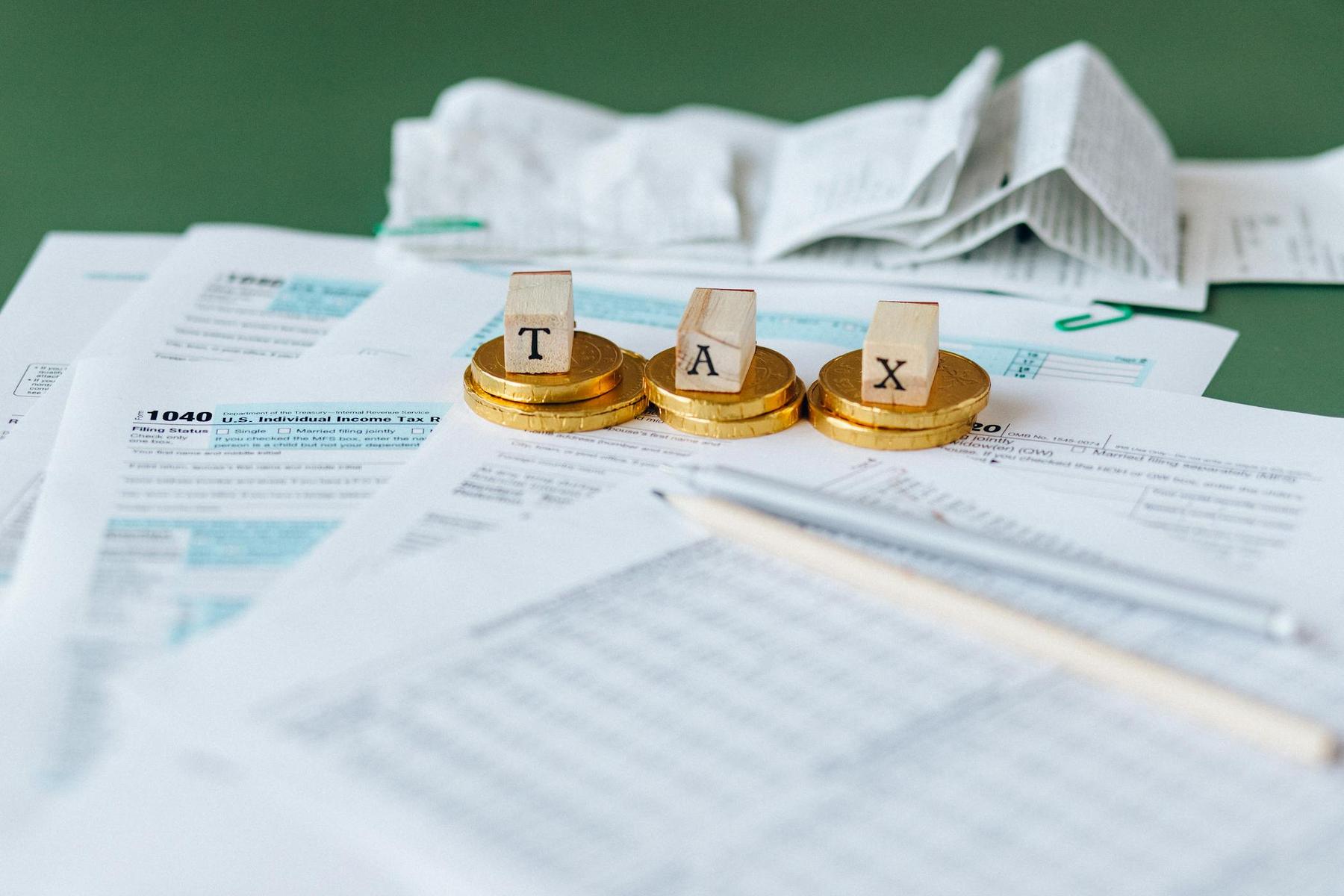
Facing a tax debt can feel like hitting a wrong note in the middle of your solo – it throws off your rhythm and makes you question your next move. For creative professionals in Australia, managing irregular income streams while dealing with tax obligations can be particularly challenging. Whether you're a freelance photographer, musician, designer, or studio owner, understanding how tax debt payment plans work is essential to keeping your financial composition harmonious.
A tax debt payment plan is essentially your financial setlist with the Australian Taxation Office (ATO) – a structured arrangement that allows you to pay your outstanding tax obligations in manageable instalments rather than one lump sum payment. In 2025, the ATO offers flexible payment plans tailored to your circumstances, which is particularly valuable for creative professionals with fluctuating income patterns.
Key features include self-service options for debts under $200,000 through online portals, an upfront payment requirement of at least 5% within 7-14 days, a standard repayment period of up to 24 months, and ongoing compliance with future tax lodgments and payments. This arrangement helps prevent more aggressive collection actions and maintains your cash flow.
Eligibility for an ATO payment plan generally involves lodging all required tax returns, demonstrating capacity to pay, showing a willingness to comply with the tax system, and meeting specific debt thresholds. For creative professionals, the business structure matters: sole traders can use personal MyGov accounts while companies must handle applications via a business portal. Common requirements include an upfront payment of at least 5% of the debt, regular payments via direct debit or other means, and adherence to a maximum duration of 24 months.
Understanding the financial implications of your repayment options is critical. The ATO payment plan involves an 11.38% General Interest Charge (GIC) applied daily, along with limitations on term flexibility and impacts on your credit if debts exceed $100k. In contrast, commercial tax debt loans may offer lower, tax-deductible interest rates with more extended repayment terms. Evaluating interest charges, term flexibility, and compliance requirements helps determine which option best fits your cash flow and financial situation.
Setting up a payment plan requires a step-by-step approach:
Several risks can derail a payment plan if not managed carefully. Key risks include Director Penalty Notices (DPNs) for company directors, adverse effects on credit reporting, missed payments, and cash flow mismanagement. Mitigating these risks involves setting up dedicated tax accounts, claiming eligible deductions, considering quarterly BAS lodgments, and maintaining proactive communication with the ATO.
If ineligible for a standard payment plan, alternatives include debt negotiation, specialist tax debt loans, GIC-free plans for qualifying debts, serious hardship provisions, and temporary deferrals. Each alternative requires careful evaluation, especially for creative professionals with variable income streams.
A structured payment plan can transform a stressful tax situation into a manageable path toward financial harmony. With proper planning, realistic commitments, and proactive engagement with the ATO, creative professionals can maintain their artistic pursuits while resolving tax obligations. Tailoring the repayment schedule to your cash flow and consulting with professional advisors can ensure a sustainable financial performance.
Standard ATO payment plans typically extend to a maximum of 24 months. However, in special circumstances, especially for creative professionals with fluctuating incomes, extended terms may be negotiated if you have a solid compliance history and demonstrated capacity to pay.
Yes, setting up and maintaining a tax debt payment plan generally pauses active collection activities like garnishee notices, as long as you adhere to all scheduled payments and comply with current tax lodgment requirements. Failure to do so may result in these actions being resumed.
For business-related tax debts, the General Interest Charge is generally tax-deductible, which can be beneficial for creative professionals operating as businesses. However, GIC related to personal income tax debts is typically not deductible.
Missing a payment does not automatically cancel your payment plan, but it does require immediate action. Contact the ATO as soon as possible to discuss alternative arrangements. Consistent missed payments without proper communication can lead to cancellation of the plan and further collection actions.
While a payment plan itself is not directly reported to credit agencies, failed compliance and unresolved tax debts—especially those exceeding $100,000—can be reported and impact your credit rating. A well-managed payment plan, however, demonstrates responsible financial management and may improve your standing with future lenders.
Sign up to receive relevant advice for your business.